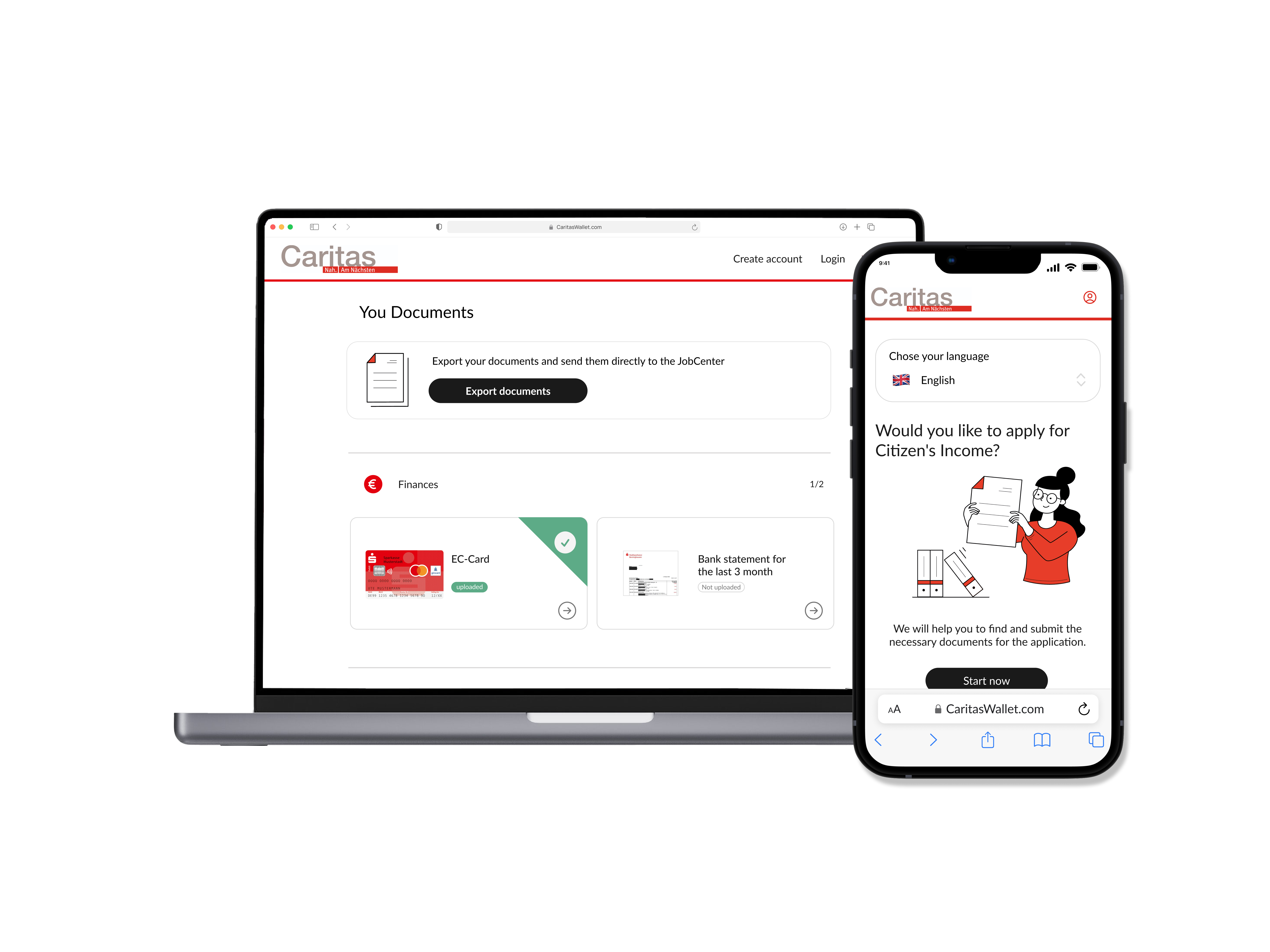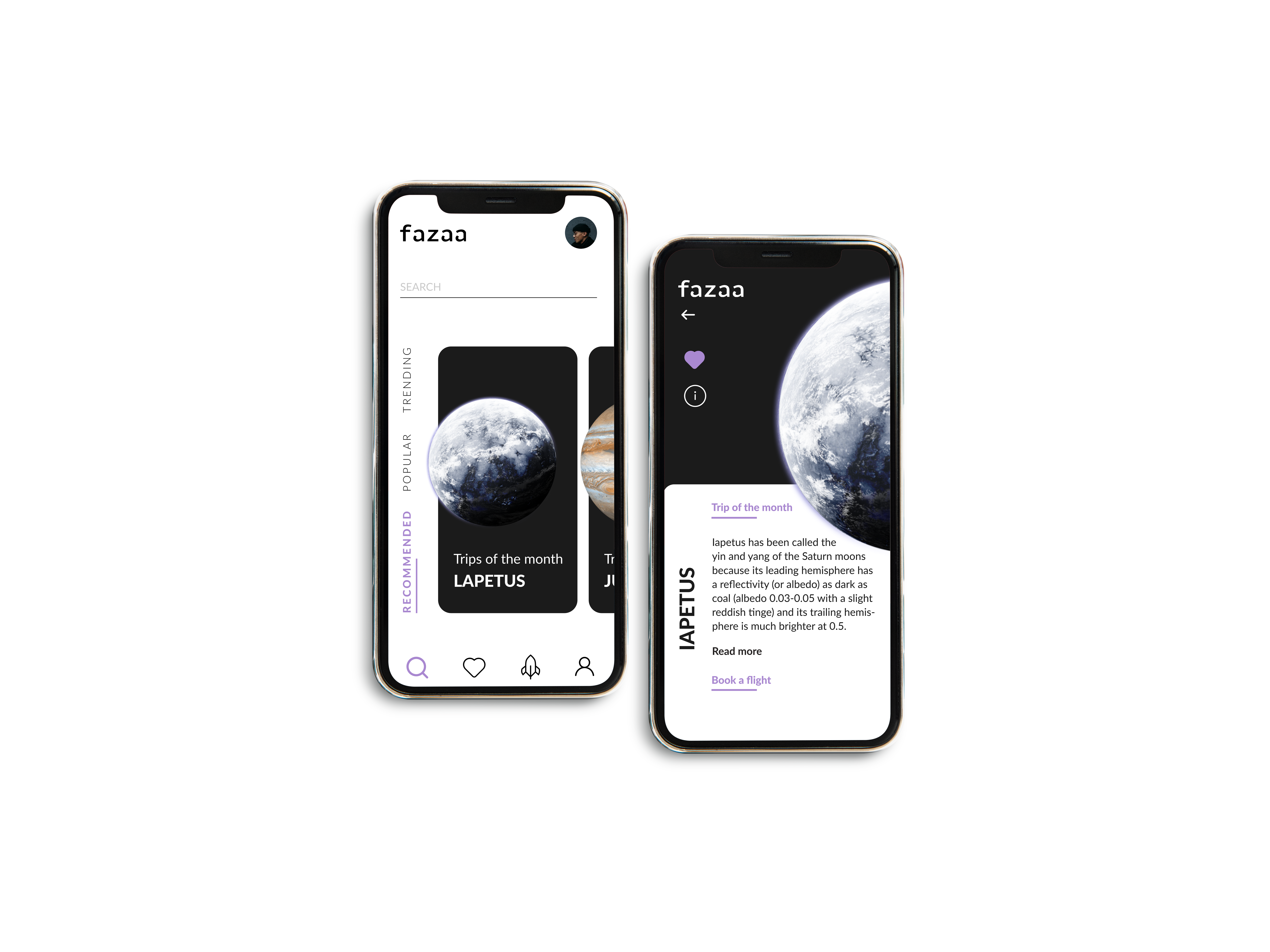Company BMW Group
Duration 5 Month
My Role Bachelor thesis author
Team Size Single Work
About
In collaboration with BMW for my bachelor's thesis, I remodelled the internal spare parts reordering process.
Through iterative analysis according to the user-centred design process, I investigated the existing tools and created a click dummy showcasing a potential future version of the reordering tool. In particular, it features a data-driven recommendation system with a keen emphasis on its reliable integration. Based on this click dummy, my bachelor thesis supervisor will work on a modernisation of the ordering process in the future.
The full bachelor thesis can be made available upon request.
The full bachelor thesis can be made available upon request.
Project Details
Problem Space
In order to maintain the company's series production at a constant level, system availability must be guaranteed and all necessary spare parts must always be available as quickly as possible. Shortages can halt production, resulting in significant financial losses. Managing a large inventory of spare parts is complex due to unpredictable demand patterns.
To optimize spare parts management, BMW is developing a data-driven recommendation system to streamline repeat orders. Trust in this software is a critical factor for its successful adoption by plant employees. Thus, the interface must create trust in the recommendations provided by the system.
Target Group
• 20-65 years old
• Dispatchers at BMW
• Already experienced and inexperienced dispatchers
• Dispatchers at BMW
• Already experienced and inexperienced dispatchers
During the research phase (see below), personas were created to enhance the understanding of the user throughout the project.
Project Goals
The project aimed to design an interface for a data-based recommendation system facilitating the spare parts ordering process, ultimately supporting plant employees in their daily tasks and optimizing BMW's spare parts management. Key functionalities included recommending order quantities, supplier selection, and delivery times. Emphasis was placed on maximizing the usability and trustworthiness of the interface, as well as determining the most suitable end device for employee support
To make the implementation as efficient as possible, the "How might we?" method used by Procter and Gamble was applied. This approach prompts action, facilitating efficient identification of problem areas.
The following questions are formulated for the application of the method:
- How can we, through the choice of end device, influence the usability of a data-based recommendation system in spare parts inventory management?
- How can we design an interface for a data-based recommendation system in spare parts management to create user confidence?
- How can we, through the choice of end device, influence the usability of a data-based recommendation system in spare parts inventory management?
- How can we design an interface for a data-based recommendation system in spare parts management to create user confidence?
Research
To gain insight into the current reordering process and user experience, a series of work interviews and a workshop were conducted with dispatchers.
During interviews, dispatchers provided insights into their daily routines, tools used, and shared positive and negative experiences. They highlighted the challenge of navigating between multiple tools and Excel spreadsheets to manage spare parts inventory, especially for less experienced dispatchers.
In the workshop, five dispatchers collaborated using storytelling and the design studio method to brainstorm ideas for a future reordering solution.
Personas
Based on interview findings, two personas were created: a highly experienced dispatcher and a less experienced one. Throughout the project, these personas were instrumental in understanding user experiences and guiding user-centred decisions regarding the reordering process.
User Journey
A user journey diagram was crafted to map out the ordering process based on interview insights. This diagram not only outlines the steps users take but also captures their challenges and emotions.
Due to data protection reasons, the user flow, featuring images of BMW's current system and direct statements from dispatchers, cannot be included in the portfolio.
User Flow Diagram - Actual State
In addition to the user journey, a user flow diagram was crafted to provide a concise overview of the reorder process. This diagram breaks down the process into small steps, serving as the foundation for developing an initial concept.
Conception
Important conceptual decisions
At the outset, crucial conceptual decisions were finalized regarding the interface's structure and content through an iterative process.
Device Selection:
After collaborating with dispatchers in a workshop during the research phase, it was determined that both a desktop and smartphone application would be utilized. Additionally, a 3D feature was incorporated to enable viewing parts from all angles.
Tool Consolidation:
A key decision was made to streamline operations by consolidating disparate tools into a single system for reorder placement. This eliminates the need to switch between internal tools and manage Excel sheets or incoming quotations via email.
Device Selection:
After collaborating with dispatchers in a workshop during the research phase, it was determined that both a desktop and smartphone application would be utilized. Additionally, a 3D feature was incorporated to enable viewing parts from all angles.
Tool Consolidation:
A key decision was made to streamline operations by consolidating disparate tools into a single system for reorder placement. This eliminates the need to switch between internal tools and manage Excel sheets or incoming quotations via email.
Integration of recommendation system:
The integration of the data-based recommendation system, aimed at assisting new dispatchers in making replenishment decisions, was guided by three pivotal trust-building findings for the interface:
• Trust must always be voluntary and must not be forced.
• The system must transparently communicate its decision-making rationale.
• Design elements aimed at enhancing trust can alleviate user uncertainties, thereby promoting acceptance of the
data-based recommendation system.
User Flow Diagram - Target State
Based on the conceptual decisions, a user flow diagram was crafted to visualize the target state after the redesign. This diagram served as a blueprint for organizing the tool's structure and developing the initial prototypes
Prototyping
Utilizing paper prototypes as a foundation, I employed a Figma Low-Fidelity Kit from BMW to develop initial low-fidelity prototypes.
Visual Design
After conducting a usability test on the low-fidelity prototype with dispatchers, I proceeded to develop a high-fidelity prototype using the BMW Design System. Research indicates that colors evoke emotions, with cool, dark hues like blue and violet associated with confidence. Leveraging the prevalent use of blue tones in the BMW Design System, I opted to represent the recommendation system in purple to bolster dispatchers' trust in it. This decision was validated in a subsequent usability test with dispatchers.
Testing
Two usability tests were conducted during the project phase. In the initial test, three dispatchers evaluated the low-fidelity prototype, with all feedback incorporated into the following iterations. The second test involved five dispatchers testing the high-fidelity prototype, with their insights also informing further refinements.
Post-bachelor thesis completion, work on the prototypes will continue, with further testing planned. The user-centred design process acknowledges that interface development is an ongoing journey, requiring iterative refinement and testing beyond the initial stages.
Personal Learnings
Throughout this project, I gained valuable insights and skills in project structuring and implementation using the user-centred design process. Independently planning and executing my first workshop boosted my confidence in engaging with user groups, as well as in conducting usability tests autonomously.
I learned the importance of iterative refinement, recognizing the benefits of revisiting and improving process steps before advancing further. Exploring trust during the research phase provided valuable insights into human psychology, knowledge I believe will be advantageous in future projects.
In conclusion, my bachelor's thesis collaboration with the BMW Group was highly instructive. It not only provided insight into corporate structures but also acquainted me with the workings of a large company, enriching my professional experience.





